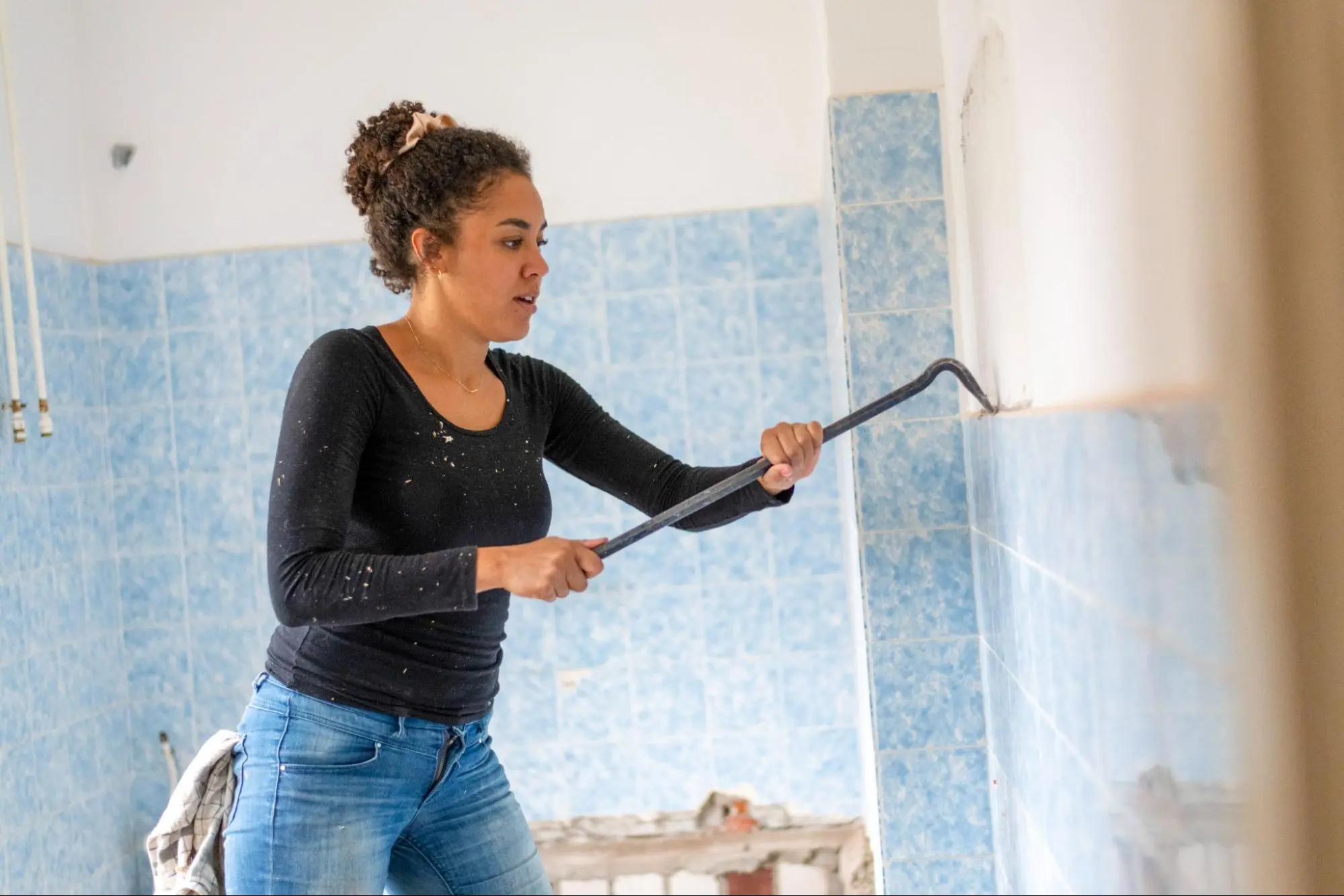
Dealing with unexpected repair needs during a project can be a stressful and challenging experience. Whether you’re working on a home renovation or a large-scale construction project, unexpected repairs can cause delays, increase costs, and disrupt your workflow. However, with the right strategies in place, you can effectively manage these challenges and keep your project on track.
One of the first steps in dealing with unexpected repair needs is to identify and manage potential risks. By conducting a thorough risk assessment before starting your project, you can anticipate potential issues and develop contingency plans to address them. This can include identifying potential hazards, assessing the impact of unexpected repairs on your timeline and budget, and developing strategies to manage these risks.
Once you’ve identified potential risks, it’s important to adapt to changes and resolve conflicts as quickly and efficiently as possible. This may involve working with contractors, suppliers, or other stakeholders to find solutions that meet everyone’s needs. Effective communication and collaboration are key to resolving conflicts and minimizing the impact of unexpected repairs on your project. By staying flexible and adapting to changes as they arise, you can keep your project moving forward and ensure its success.

During project handling, it is important to identify and manage risks to minimize the impact of unexpected repair needs during a project. Here are some effective strategies to help you identify and manage risks:
Root cause analysis is a technique used to identify the underlying cause of a problem. By identifying the root cause of a problem, you can develop effective solutions to prevent similar problems from occurring in the future. When faced with unexpected repair needs during a project, it is important to conduct a root cause analysis to identify the underlying cause of the problem. This will help you develop effective strategies to prevent similar problems from occurring in the future.
Developing contingency plans is an effective strategy to manage risks during a project. Contingency plans are backup plans that can be put in place to deal with unexpected changes or uncertainties. When developing contingency plans, it is important to consider the potential risks and develop strategies to mitigate those risks. This will help you adapt to unexpected changes and uncertainties during the project.
Effective communication is essential to managing risks during a project. Communication helps to ensure that team members and stakeholders are aware of potential risks and can take appropriate action to mitigate those risks. As a project manager, it is important to communicate openly and transparently with team members and stakeholders. This will help to ensure that everyone is on the same page and working towards the same project goals.
Identifying and managing risks is an essential part of project management. By conducting root cause analysis, developing contingency plans, and using effective communication strategies, you can minimize the impact of unexpected repair needs during a project. As a project manager, it is important to be adaptable and transparent to effectively manage risks and achieve project goals.

When managing a project, unexpected repair needs can arise at any time during the project. When this happens, it’s important to be able to adapt to changes and resolve conflicts to maintain project momentum. Here, we’ll discuss some strategies for implementing change management, conflict resolution techniques, and maintaining project momentum.
Change is inevitable in any project, and it’s important to have a plan in place to manage it effectively. A change management plan should include a clear process for identifying and evaluating changes, as well as a plan for communicating those changes to stakeholders. This plan should also include a timeline and budget for implementing the changes.
To implement change management effectively, it’s important to be flexible and open to new ideas. You should also be willing to make adjustments to the project plan, timeline, and budget as needed to accommodate changes.
Conflicts can arise in any project, and it’s important to have effective conflict resolution techniques in place to address them. One common technique is to encourage open communication among team members. This can help to identify and address conflicts early on, before they escalate.
Other techniques include active listening, problem-solving, and stakeholder management. Active listening involves listening to all sides of an argument and trying to understand each person’s perspective. Problem-solving involves working collaboratively with team members to find solutions to conflicts. Stakeholder management involves identifying and addressing the needs and concerns of all stakeholders.
When unexpected repair needs arise, it’s important to maintain project momentum to ensure that the project stays on track. This can be achieved by being resilient and efficient in your approach to the project.
Resilience involves being able to adapt to changes and overcome obstacles. This can be achieved by maintaining a positive attitude, staying focused on the project goals, and being willing to make adjustments to the project plan as needed.
Efficiency involves working quickly and effectively to address unexpected repair needs. This can be achieved by having a clear understanding of the project timeline and budget, and by being flexible and willing to make adjustments to the project plan as needed.
In summary, adapting to changes and resolving conflicts is an essential part of managing unexpected repair needs during a project. By implementing change management, and conflict resolution techniques, and maintaining project momentum, you can ensure that your project stays on track and achieves its goals.
In summary, unexpected repair needs can be a major setback during a project. However, by following the right steps, you can minimize the impact of these issues and keep your project on track.
First, it is important to have a contingency plan in place before starting any project. This will help you prepare for unexpected repair needs and ensure that you have the resources to handle them.
Secondly, make sure that you are regularly inspecting your project site and equipment to identify any issues early on. This will help you address problems before they become major setbacks.
Thirdly, be proactive in your communication with your team and stakeholders. Let them know about any repair needs and work together to find solutions that will keep your project moving forward.
Finally, be flexible and willing to adjust your project timeline and budget as needed to accommodate unexpected repair needs. By following these steps, you can minimize the impact of unexpected repair needs and keep your project on track. For professional help with home renovation tasks, contact Kaminskiy Care and Repair. We have the knowledge and expertise to help you identify potential issues before they become major problems.
When unexpected repairs arise during a project, it is important to take immediate action to minimize the impact on the project timeline and budget. The first step is to assess the situation and determine the severity of the repair needed. Then, consult with the project team and stakeholders to determine the best course of action. It may be necessary to adjust the project plan or timeline to accommodate the repair, or to allocate additional resources to complete the work.
Dealing with unforeseen challenges in a project requires a flexible and adaptive approach. Best practices include having a contingency plan in place, maintaining open communication with the project team and stakeholders, and regularly reviewing and assessing the project plan to identify potential risks and challenges. It is also important to be proactive in addressing issues as they arise and to work collaboratively with the project team to find effective solutions.
Managing unexpected issues that impact project budgets requires a proactive and strategic approach. Strategies include regularly reviewing and assessing the project budget to identify potential risks and challenges, maintaining open communication with the project team and stakeholders, and developing contingency plans to address unexpected expenses. It may also be necessary to adjust the project plan or timeline to accommodate changes in the budget.
Effective communication is essential for resolving unexpected obstacles in project management. It allows the project team and stakeholders to stay informed about changes and challenges, and to work collaboratively to find effective solutions. Best practices include maintaining open and transparent communication channels, regularly updating the project plan and timeline, and actively seeking feedback and input from the project team and stakeholders.